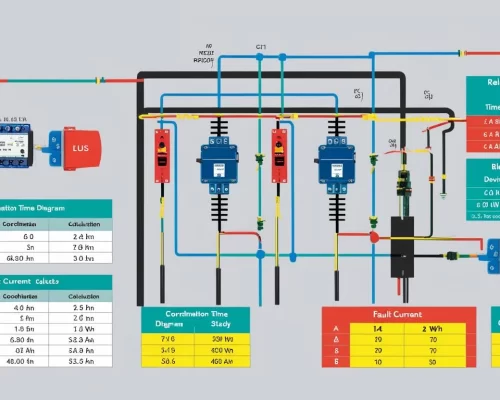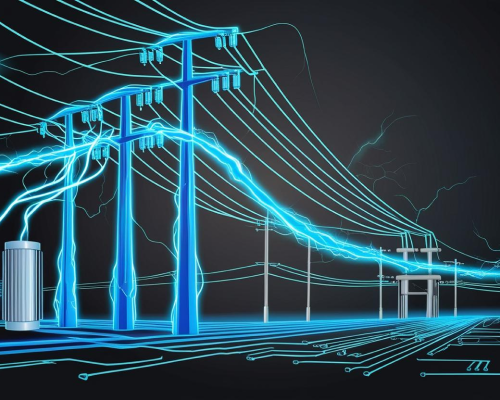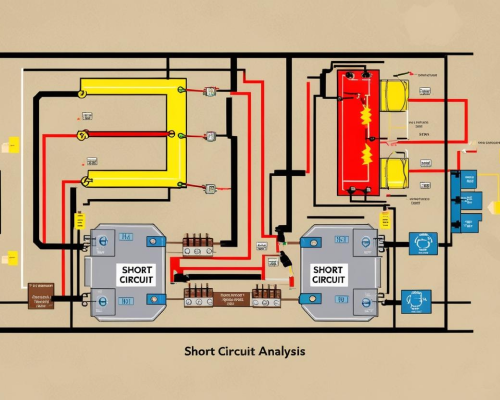Learn from industry experts how various power system analysis solutions help facilities in Australia become risk-free and resilient.
Australia has some of the most stringent frameworks in electrical safety, like AS/NZS 3000( For Wiring), AS/NZS 4836 ( For Safe Working Practices), etc….


The industrial sector in Australia is propagating at a fast pace and diverse industries have set up facilities across the length and breadth of the country.


From fault analysis to electrical safety compliance, we have the right solution for you at Care Labs.